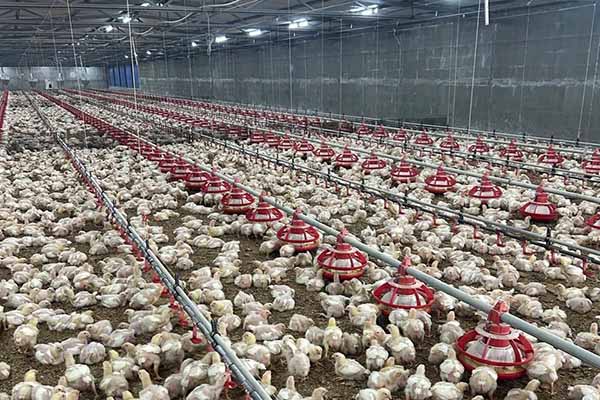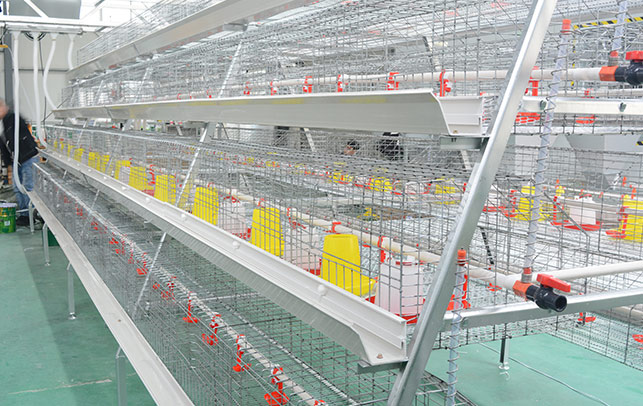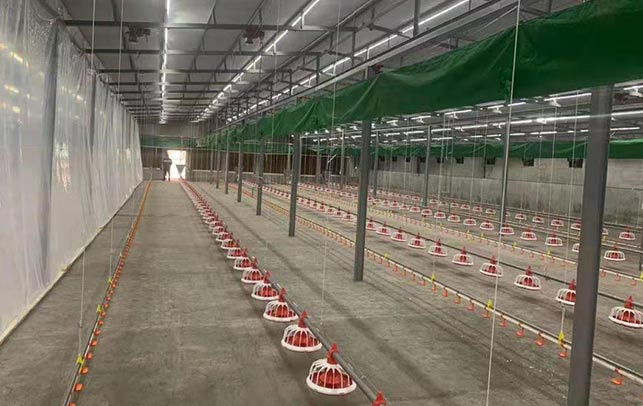Comprehensive Manual on Poultry Farming in Kenya
Time : 2025-05-13
Poultry farming in Kenya has gained significant traction over the years, primarily due to its profitability and ease of establishment. This manual aims to provide you with a step-by-step guide on how to start and manage a successful poultry farm in Kenya. We’ll cover everything from selecting the right breeds to marketing your products. Let’s dive in!
Step 1: Understanding the Market
Before venturing into poultry farming, it’s essential to understand the market trends and demand for poultry products in Kenya. This knowledge will help you decide the scale of your farm and the specific breeds to focus on.
Market Research
Research local demand for different poultry products (e.g., eggs, meat).
Identify your target market (e.g., retail, restaurants, export).
Study your competitors to gain an edge in the market.
Step 2: Choosing the Right Breed
Selecting the right breed is crucial for your poultry farming venture. Different breeds offer varying advantages and benefits.
Top Breeds in Kenya
1. Layer Breeds: Leghorn, Brown Leghorn, and Rhode Island Red are popular for egg production.
2. Broiler Breeds: Cobb 500, Ross 308, and Arbor Acres are preferred for meat production.
3. Dual Purpose Breeds: Plymouth Rock and Buckeye are suitable for both egg and meat production.
Step 3: Establishing Your Farm
Once you’ve chosen your breed, it’s time to establish your farm. This includes finding a suitable location, setting up infrastructure, and ensuring compliance with local regulations.
Choosing a Location
Select a location with easy access to transportation and markets.
Ensure the site is well-drained and has enough space for expansion.
Consider proximity to suppliers and customers.
Setting Up Infrastructure
Construct a secure and well-ventilated henhouse.
Install necessary equipment, such as feeders, waterers, and brooders.
Implement biosecurity measures to prevent diseases.
Compliance
Obtain necessary permits and licenses from the local government.
Adhere to animal welfare standards and regulations.
Step 4: Feeding and Watering
Proper nutrition is vital for the health and productivity of your poultry.
Feed Selection
Purchase high-quality feed suitable for your chosen breed and stage of growth.
Mix feed appropriately to ensure balanced nutrition.
Avoid feeding expired or moldy feed.
Watering
Provide fresh, clean water at all times.
Ensure waterers are easy to access and clean.
Regularly check water quality to prevent diseases.
Step 5: Health Management
Monitoring and managing the health of your flock is crucial to prevent diseases and maintain productivity.
Routine Health Checks
Conduct regular health checks, including weighing and assessing growth.
Implement vaccination programs to protect against common diseases.
Identify and isolate sick birds to prevent the spread of diseases.
Disease Prevention
Implement biosecurity measures to prevent the introduction of diseases.
Keep the henhouse clean and free from rodents and insects.
Regularly dispose of waste in a proper manner.
Step 6: Harvesting and Marketing
Once your poultry has reached maturity, it’s time to harvest and market your products.
Harvesting
Follow proper harvesting procedures to ensure the quality of your products.
Maintain hygiene during the harvesting process.
Marketing
Explore different marketing channels, such as retail, wholesale, and export.
Build relationships with buyers to ensure a steady market.
Offer value-added products to attract customers.
Conclusion
Poultry farming in Kenya can be a profitable and rewarding venture if you follow these steps. Remember to conduct thorough market research, select the right breed, and implement proper health management practices. Good luck with your poultry farming journey!












